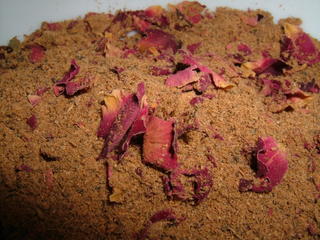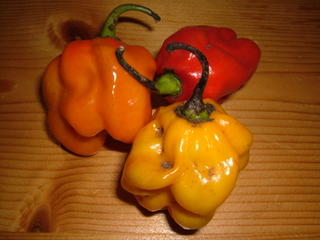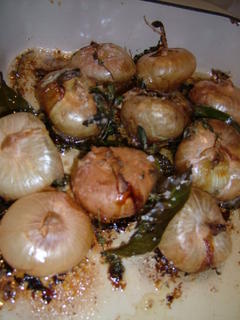Years ago, before I’d even met Dr W, I had a boyfriend whose sister-in-law was Japanese. She and I didn’t agree on much, but we did agree that these aubergines (which she made every time I visited her house) are pretty sublime.
Takako used to make this using those lovely wee Japanese aubergines – the sort that leave you gasping with their visual similarity to eggs and explain the whole eggplant nomenclature thing (not obvious when you are 18 and the only eggplants you have ever met are purple and shaped like a torpedo). Happily for those of us without a supplier of dear little Japanese aubergines, this works very well with the purple sort too. Aubergines are a wonderfully meaty sort of vegetable. Although this works really well as an accompaniment, this lovely meatiness means that you can happily serve this dish as the main event, with rice and perhaps a salad dressed with some rice vinegar. It’s also a good win if you have an unexpected visiting veggie, and, being one of those things you serve at room temperature, I think it’s really, really good as part of a picnic. These do soak up quite a lot of oil, as is common with aubergines, but hell – it’s not like you’re making this dish every day. To serve two, you’ll need:
2 medium aubergines
200g shiromiso (white miso)
2 tablespoons sake (Chinese rice wine is good here if you have no sake)
2 tablespoons sugar
2 tablespoons mirin
6 tablespoons ground nut oil
As usual, if you’re having trouble finding white miso, head for a large independent health food shop. They tend to have a bewilderingly good selection of miso, seaweeds, pickled ginger and the like. I have no idea why, given that most of the other nutty, protein-knitted, fermenty things masquerading as food that the health food shop I use sells are things I have no interest in ingesting at all. Boo hippies.
Start by slicing the aubergines into three lengthways. Slash the cut surfaces diagonally, without cutting all the way through the flesh, and without cutting the skin. Fry in the hot oil over a medium heat, turning halfway through, until the skin and flesh is golden brown, and the aubergine is soft.
While the aubergine slices are frying, make the den miso by combining the mirin, sugar, sake and miso in a small frying pan and bringing to a very gentle simmer, stirring all the time. Cook the sauce for two minutes and keep warm until the aubergines are cooked.
Move the cooked aubergines to a plate and smear the hot den miso all over their upper surface, making sure the paste gets into the slashes. Leave the slices to come down to room temperature before serving – for some reason, this dish is all the more delicious when it’s cold.




